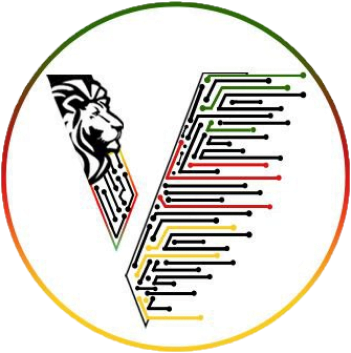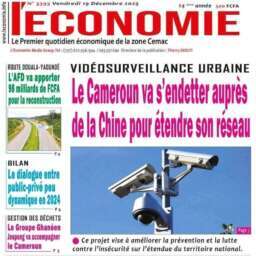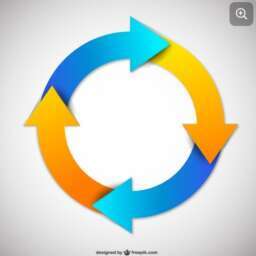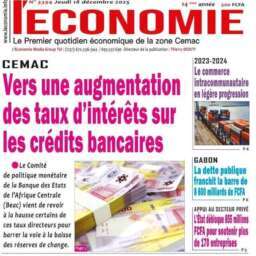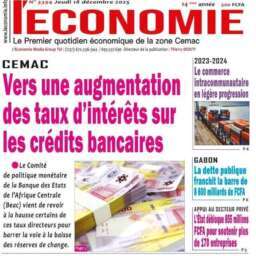Innovation is the lifeblood of future success. While 95% of the more than 30,000 new products introduced each year fail, they all share a common origin point: They began as an innovative idea.
Beyond luck and timing, what transforms an innovative idea into a tangible success? Discipline. Consider tapping into the following five key strategies when evaluating your innovation process.
1. Research The Problem You Want To Solve
Uri Levine, serial entrepreneur and founder of Waze and Moovit, has said that the art of successful innovation centres around one’s ability to fall in love with the problem, not the solution.
The foundation of any successful innovation is a deep understanding and appreciation of the problem or business pain point you intend to solve. Before diving headfirst into development, take the time to thoroughly research the problem from various angles.
From an internal perspective, this means understanding the nuances of the issue for your organization, as well as the short- and long-term toll the problem takes on both your business and your clients’ businesses.
Conducting a market analysis is equally important during this phase. Investigate whether similar problems have been solved before and whether you can adapt existing solutions to your needs. Building upon the work of others can accelerate your progress and save valuable time.
Lastly, before embarking on the development process, seek to understand your innovation’s impact on the organization. Assess its significance, and consider the opportunity cost involved: Is it worth pursuing relative to other ideas in your pipeline?
2. Embed The Voice Of Your Users
Once you have a solid grasp of the problem and a clear idea of how your innovation can address that problem, it’s critical to involve stakeholders and users in the design and development process. The voice of the client and the user should be at the forefront of your efforts. Soliciting feedback, preferences and pain points from those who will ultimately use your solution ensures that your innovation aligns with their needs and expectations.
3. Continuously Improve And Adapt
Innovation does not end with the launch of your solution. Failure to incorporate new trends can result in your innovation becoming obsolete. If your innovation involves technology, it is essential to recognize that technology continuously evolves. To maintain the relevance of your innovation, commit to ongoing nurturing and improvement.
Develop a road map for the future that outlines how you’ll monitor, refine and expand your innovation. Keep an eye on technological advancements such as AI, blockchain and AR/VR to explore how they can enhance your solution and stay ahead of the curve.
4. Adopt A Scalable Mindset
Given the rapid pace of change today, your innovation may serve as a foundational technology or platform that can be adapted to solve future problems or generate additional revenue streams. Think of it as a “design to scale” concept, where your innovation becomes a versatile asset that can pivot and address new challenges. By adopting this mindset, you can position your innovations to have a lasting impact on your organization and the industry at large.
As an example, in 2022 under the leadership of Denny Ard, my firm launched a cloud-based platform, focused on the new markets tax credit, that allows our service teams and clients to work collaboratively, preparing the necessary transaction model more quickly than traditional methods.
Driven by the firm’s in-house innovation lab, EDGE, the application of this technology was far-reaching and is now extending to other available tax credit and deduction opportunities.
5. Measure The Return On Innovation
Measuring the impact of your innovation is essential for strategic progress. You need to have a process for tracking and measuring ROI, to ensure your focus remains on the most effective products. Implementing a process to accurately capture the development costs and revenues of external innovations or the cost savings of internal innovations is crucial, with each innovation type requiring a distinct approach.
While tracking the ROI of an external product is straightforward, by evaluating the revenue generated by the innovation compared to the development costs, calculating the ROI on internal innovations can be more complex. The development costs for internal innovations are similar to those for external innovations. But, since there is no direct revenue associated with internal innovations, the value must be measured as the cost savings that are recognized. In other words: How much employee time is saved by using the innovation?
Taking it a step further, as a professional services firm utilizing a billable hour model, our firm also assesses how that saved time is used. For the cost savings to be meaningful to the firm, the saved time must be redirected to higher-value opportunities.
Understanding ROI, positive or negative, guides decision-making and resource allocation, informing which innovations to pursue, which to enhance and which to sunset. It’s about learning from outcomes, improving efficiency and quality and making smarter choices for future innovations. This approach ensures that time and resources are invested in projects that yield the most value to the firm.
Turning Your Idea Into A Success Requires Discipline
Transforming innovative ideas into tangible successes requires more than just resources. A creative idea is just that—a creative idea. Discipline is key to transforming an idea into a tangible success. Following this discipline enables you to lay a solid foundation based on thorough research, embed the user’s voice at every turn, invest in continuous improvement, adopt a scalable mindset and, ultimately, measure the return on your innovation.
Doing so will help make innovation a fundamental element of your organization’s DNA.
Source: Forbes
